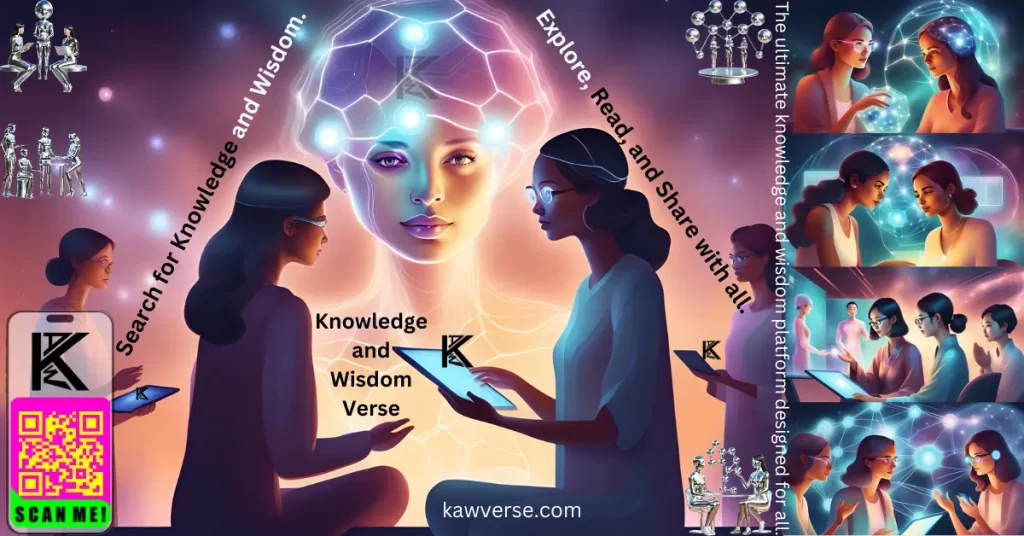The letter Z holds a unique place in language, symbolism, and culture. As the final character in the English alphabet, it’s often associated with endings, uniqueness, and even a touch of mystery. But what lies beyond its position in the alphabet? This article delves into the multifaceted world of the letter Z, exploring its significance, applications, and relevance in modern contexts. Whether you’re a language enthusiast, a parent teaching a child the ABCs, or a professional curious about its cultural or practical implications, this article offers something for everyone.
Benefits of Reading This Article
- Gain a deeper understanding of the letter Z and its significance.
- Explore diverse real-world applications of the letter Z.
- Learn interesting facts and trends to enrich your linguistic knowledge.
- Discover actionable insights for creative, educational, or professional uses.
- Access a user-friendly guide designed for readers of all levels.
What is the Letter Z?
The letter Z is the 26th and final character in the English alphabet. It originates from the Greek letter Zeta (Ζ, ζ) and has been adapted into various languages and scripts worldwide. Phonetically, Z typically represents a voiced alveolar sibilant, as in “zebra” or “buzz.” However, its pronunciation and usage can vary across languages and contexts.
Examples and Comparisons
- English: “Zip,” “Jazz”
- French: Often silent at the end of words (e.g., “nez” meaning “nose”).
- Spanish: Pronounced as “th” in Castilian Spanish (e.g., “zapato”).
This diversity underscores the letter Z’s adaptability and richness in linguistic expression.
Who Should Read This Article?
This guide is designed for:
- Students and Teachers: Discover tools to make language learning fun and engaging.
- Linguistics Enthusiasts: Gain deeper insights into phonetics, etymology, and cultural nuances.
- Professionals: Explore how Z features in branding, design, and communication.
- Casual Readers: Enjoy a fresh perspective on a seemingly simple yet intriguing topic.
Applications and Real-World Use Cases
The letter Z is more than just a character; it plays an essential role in various fields:
Branding and Marketing
Brands like Zappos, Zoom, and Zara use the letter Z to convey modernity, innovation, and energy. Its sharp sound makes it memorable and impactful.
Science and Technology
- Mathematics: Often represents the third axis in 3D space (x, y, z).
- Genetics: Symbolizes specific proteins and enzymes, such as Z-DNA.
Pop Culture
The letter Z features prominently in popular culture, from “Zorro” to the “Dragon Ball Z” franchise, symbolizing action and individuality.
Why is the Letter Z Relevant Today?
Modern Trends
The letter Z has gained prominence as a symbol of Gen Z, the tech-savvy, socially conscious generation shaping today’s culture.
Practical Importance
From ZIP codes to algebraic variables, Z is woven into the fabric of everyday life, underscoring its versatility and importance.
Types and Subtopics Related to Letter Z
Linguistic Variations
- Phonetic differences across languages.
- Historical evolution of Z from ancient scripts.
Cultural Symbolism
Z often represents completion, the unknown (as in variables), or even resistance (e.g., Zapatista movement).
Emerging Trends
- Increased use in digital branding.
- Associations with sustainability and innovation (e.g., “Net Zero” initiatives).
Key Takeaways
- The letter Z is linguistically versatile and culturally rich.
- Its applications span branding, science, technology, and more.
- Z holds symbolic significance, from representing endings to embodying new beginnings.
FAQs
Q: Why is Z the last letter in the alphabet?
A: Z’s placement stems from its historical adaptation from ancient Greek and Latin alphabets.
Q: How is Z pronounced in different languages?
A: In English, it’s typically pronounced “zee” or “zed.” Other languages may have unique variations, such as “th” in Spanish.
Q: What are some creative uses of Z in branding?
A: Z conveys energy, modernity, and individuality, making it a popular choice for tech and fashion brands.
Next Steps and Future Directions
- For Educators: Use Z-themed activities to make learning fun.
- For Professionals: Explore Z’s potential in branding or design projects.
- For Enthusiasts: Study its phonetic and cultural diversity further.
Looking ahead, the letter Z will likely remain a symbol of innovation, individuality, and adaptability in an ever-evolving world.
Conclusion
The letter Z, though often overlooked, carries profound significance in language, culture, and modern applications. Its adaptability and symbolism make it a character worth celebrating, whether you’re exploring its linguistic roots or leveraging its energy in branding. Embrace the possibilities of Z—it’s not just an end, but a gateway to endless discovery.


Leave a Reply
You must be logged in to post a comment.